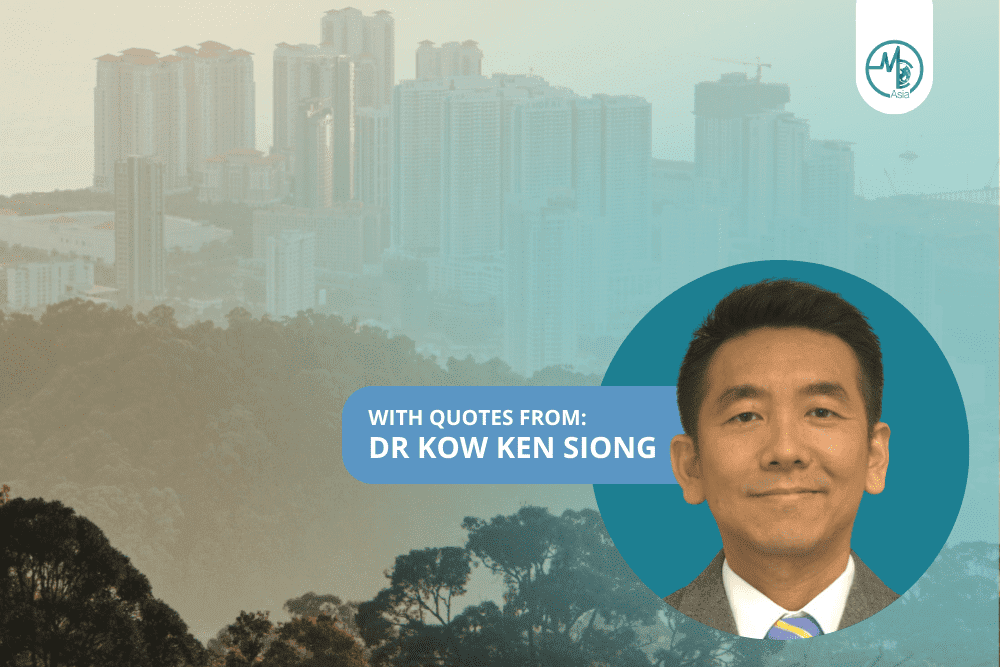Malaysia woke to declining air quality earlier this month, with Penang and Sarawak hardest hit.
Monitoring stations in Penang and Sarawak signal concerning levels of air quality due to haze. The Tanjung Bungah monitor near the Alila2 condominium and the Dalat International School posted air pollutant index (API) readings of 149 and 107. Mainland regions weren’t spared either, with Lorong Terinai and Seberang Jaya recording an API of 141 and 129, respectively.
For context:
- API between 0 to 50 is good.
- 51 to 100 is moderate.
- 101 to 200 is deemed unhealthy.
These alarming numbers surfaced swiftly from the early hours of Monday.
Worst Affected Regions
East Malaysian state Sarawak wasn’t spared. Sri Aman, a major concern, recorded an API of 154, the highest nationwide. Kuching and Serian followed with 133 and 128 respectively. Other parts witnessed moderate API levels.
In response, Sarawak’s Fire and Rescue Department urged locals to halt open burning. Department director Khirudin Drahman suggests coordination with neighbours, hinting at Indonesia, for collective action against open burning.
Indonesia’s Situation
Concurrently, similar woes plague Indonesia. Sumatra and Kalimantan suffered from deteriorating air quality due to escalating forest fires in August. Consequently, respiratory ailments like sore throat and breathing difficulties are rising.
Six provinces are severely hit: Jambi, Riau, South Sumatra, West Kalimantan, Central Kalimantan, and South Kalimantan. Notably, these provinces faced immense fires in 2015 and 2019, stretching the haze even to Singapore and Malaysia.
Efforts to Combat
The ASEAN Specialised Meteorological Centre (ASMC) unveiled satellite imagery detailing moderate to dense smoke haze across southern and south-eastern Kalimantan in Indonesia, gradually shifting northwest. Additionally, a moderate haze drifts northward from west Kalimantan to western Sarawak.
ASMC’s data reveals 154 hot spots in Kalimantan against Sabah and Sarawak’s combined three. Reports confirm forest burning activities in Indonesia.
Interestingly, Indonesia’s Coordinating Minister for Maritime and Investment Affairs, Luhut Binsar Pandjaitan, voiced optimism earlier in June. He believed that the country is equipped to tackle transboundary haze. Artificial rain and bolstering water reserves are among the strategies to thwart peatland fires.
A Doctor’s Perspective
Dr Kow Ken Siong, Consultant Respiratory and Internal Medicine Physician at Sunway Medical Centre, Sunway City, elaborates on how haze affects the respiratory system. He shares, “Fine particulate matters in the haze less than 2.5 microns in diameter, though often short-term, can leave a lasting impact, especially when inhaled. Short-term exposure can result in acute bronchitis symptoms like cough, phlegm, chest tightness, breathlessness, and lethargy.”
Additionally, Dr Kow Ken Siong urged precaution. He stated, “Vulnerable groups such as children, the elderly, and those with pre-existing conditions like asthma and cardiovascular diseases face higher risks where repeated exposure to haze over several years can worsen pre-existing chronic lung conditions, increase the risk of lung cancer, and lead to frequent bronchitis episodes. Individuals without prior health issues may also develop upper respiratory symptoms and become more susceptible to viral infections”
Looking Ahead
Both Malaysia and Indonesia are in a race against time. With rapidly falling air quality, nations must implement preventive measures and strengthen collaborations. Therefore, as fires rage on and the haze thickens, immediate action remains the need of the hour.

